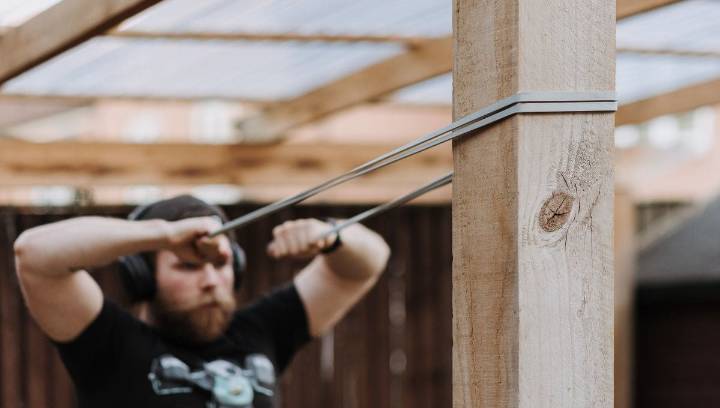The “V-taper” physique—a broad upper back and shoulders narrowing down to a slim waist—has long been the gold standard of aesthetics in bodybuilding and fitness culture. Achieving this coveted shape isn’t just about looking good; it also signals muscular balance, low body fat, and symmetry. But how you build it is often debated.
Two primary tools dominate resistance training: free weights and resistance bands. Which builds a better V-taper? This article dives deep into the science behind both to help you choose the right approach.
Understanding the Anatomy of a V-Taper
The Key Muscles Involved
To develop a V-taper, the focus must be on hypertrophying the following muscle groups: • Latissimus dorsi (lats): These create the width of the back. • Deltoids (especially the lateral head):

 BOXROX
BOXROX

 CBS News
CBS News Mohave Valley Daily News
Mohave Valley Daily News Fit&Well
Fit&Well Glam
Glam Wyoming Tribune Eagle
Wyoming Tribune Eagle Law & Crime
Law & Crime 5 On Your Side Sports
5 On Your Side Sports Essentiallysports Motorsports
Essentiallysports Motorsports The Federick News-Post
The Federick News-Post